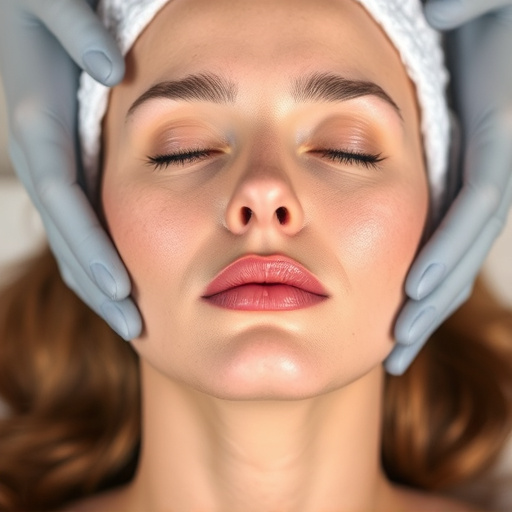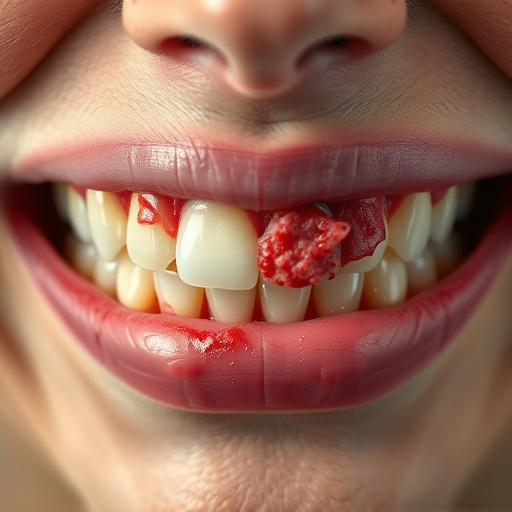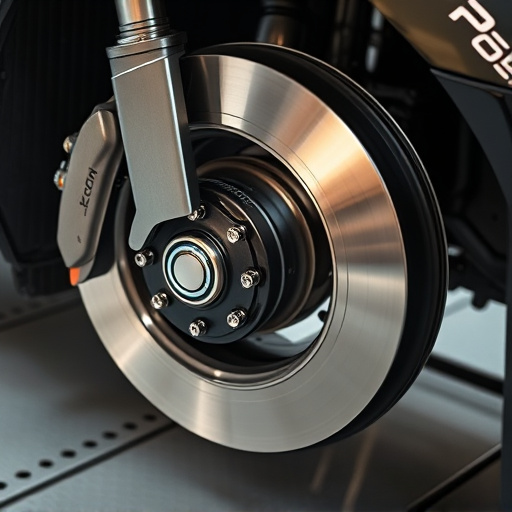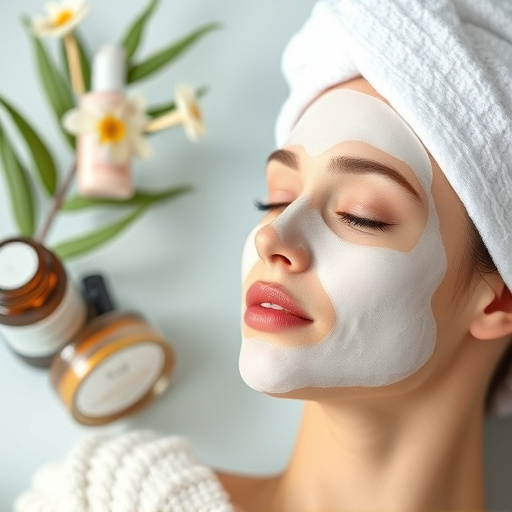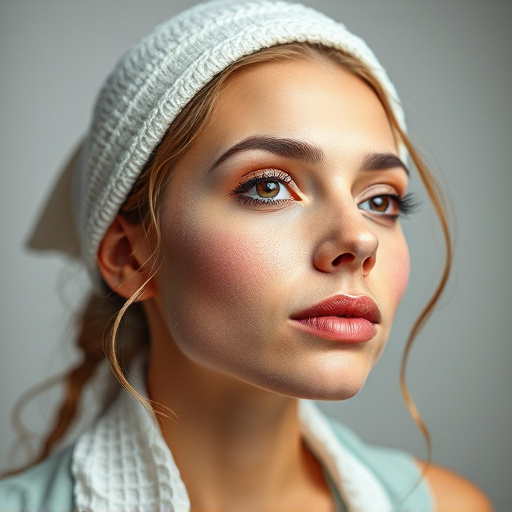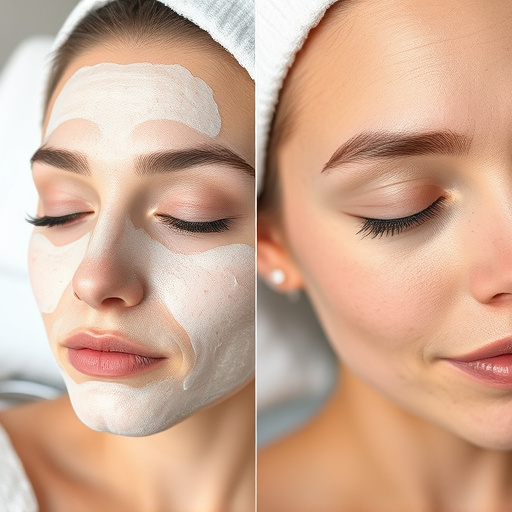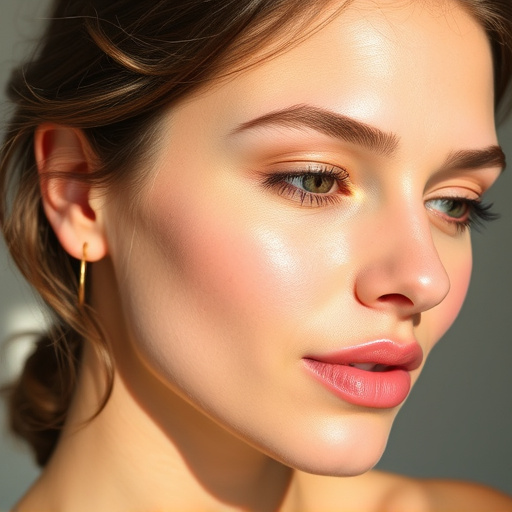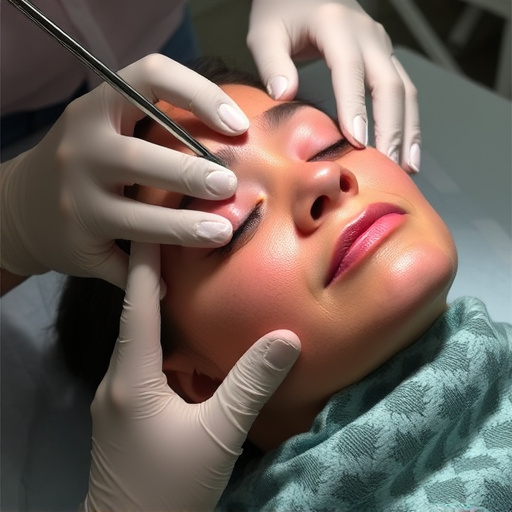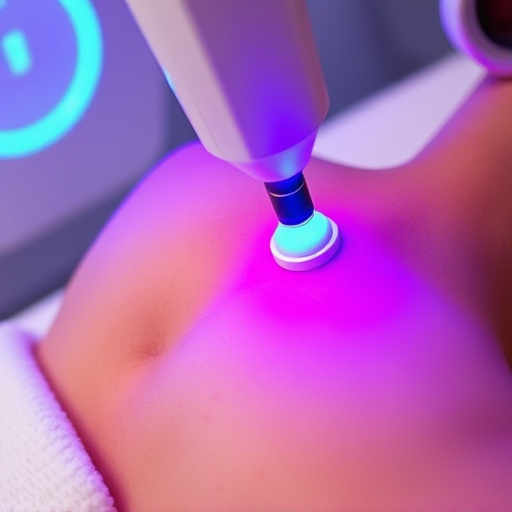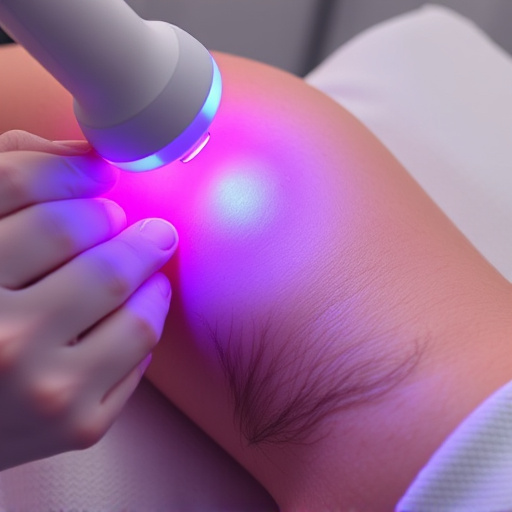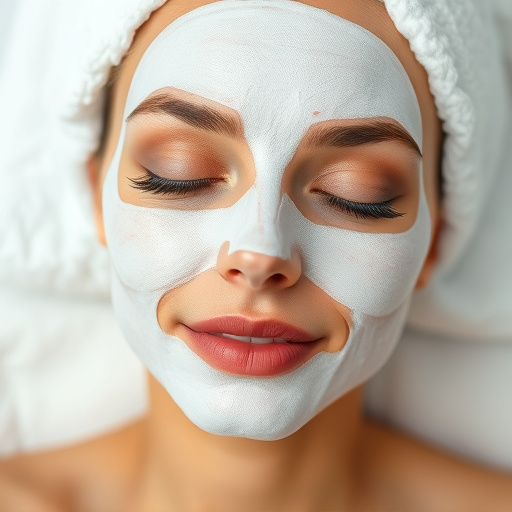Understanding your hair growth cycle (anagen, catagen, telogen) aids in minimizing discomfort during chin hair removal. Select methods like waxing or threading based on hair type and skin reactions. Pre-treat with cleansing, exfoliation, hydration, and anti-aging; post-removal, use aloe vera and avoid irritants. Regular facial treatments enhance smooth, maintained results.
Tired of dealing with unwanted chin hair? Discover expert tips for a smoother, more comfortable chin hair removal experience. Understanding your hair growth cycle is key to choosing the right method – whether it’s waxing, threading, or laser treatment. We’ll guide you through pre- and post-treatment care to minimize discomfort and achieve long-lasting results. Say goodbye to stubborn chin hairs and hello to a confident, smooth complexion!
Understand Your Hair Growth Cycle
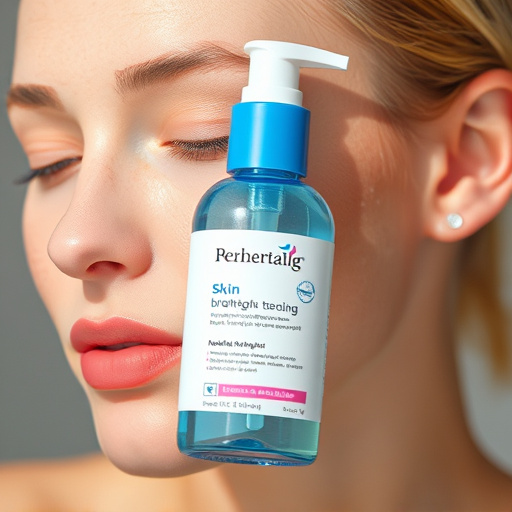
Understanding your hair growth cycle is a crucial step in minimizing discomfort during chin hair removal. The cycle consists of three main phases: anagen (active growth), catagen (transition phase), and telogen (resting phase). Chin hair that’s in the anagen phase is typically easier to remove because it’s growing actively and has a stronger root. During catagen, the hair stops growing and becomes brittle, making it less likely to break off during removal. The telogen phase is when the hair falls out naturally, and this is when you might experience more sensitivity or irritation. Knowing these phases can help you time your chin hair removal for optimal results and reduced discomfort.
This knowledge also guides your approach to pre- and post-treatment care. For instance, if you’re considering non-surgical treatments like laser therapy or electrolysis, understanding the hair cycle ensures these procedures target actively growing hairs most effectively. Additionally, maintaining healthy skin with customized facials and proper acne treatments can reduce the risk of irritation, a common side effect during chin hair removal.
Choose the Right Removal Method

When it comes to chin hair removal, selecting the appropriate method is key to minimizing discomfort and achieving smooth results. Different techniques cater to various preferences and skin types, so understanding your options is essential. For instance, waxing is a popular choice for its long-lasting effects but can be painful, especially for sensitive areas like the chin. On the other hand, threading offers a more gentle approach, making it suitable for those with finer hair or those seeking a lesser degree of depilation.
Consider your skin’s reaction to previous hair removal methods and any specific concerns like acne treatments or skin irritation. For instance, individuals with acne-prone skin might benefit from laser hair removal, which targets hair follicles without affecting the surrounding skin. Additionally, customized facials or hydrating facials can soothe the skin post-hair removal, reducing potential inflammation and providing a calming experience during and after chin hair removal procedures.
Pre-and Post-Treatment Care Tips
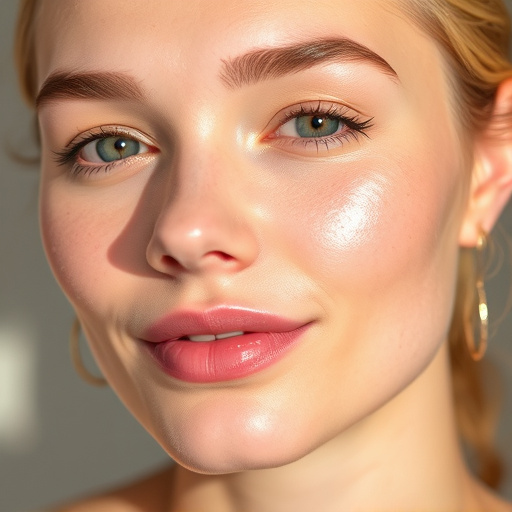
Before undergoing any chin hair removal procedure, proper pre-treatment care is essential to prepare your skin and ensure optimal results. Start by cleansing your face thoroughly twice a day with a gentle cleanser to remove excess oil and impurities. Exfoliate regularly to prevent dead skin cells from blocking hair follicles. Additionally, stay hydrated by drinking plenty of water, as this can help soften the skin and make hair removal easier. Consider incorporating anti-aging treatments into your routine, such as applying retinol or vitamin C serum, to improve skin texture and overall health.
After the chin hair removal session, taking care of your skin is crucial for healing and maintaining a smooth, hair-free complexion. Post-treatment, apply a soothing aloe vera gel to reduce any redness or irritation. Avoid touching or scratching the treated area, and steer clear of harsh chemicals, hot water, or strenuous activities that might disrupt the healing process. You can also use over-the-counter pain relievers for any discomfort. For best results, pair these steps with regular facial treatments and body contouring sessions (if relevant) to maintain a smooth, radiant skin texture.
When it comes to chin hair removal, understanding your hair growth cycle and selecting the right method are key to minimizing discomfort. By combining this knowledge with pre- and post-treatment care, you can effectively navigate the process, achieving smoother results without excessive pain. Remember, proper preparation and aftercare are essential for a more comfortable experience with chin hair removal.

